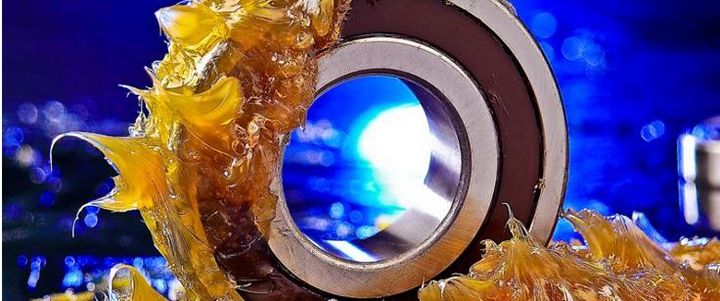Grease Analysis
The primary function of grease is to coat the machine surfaces and to lubricate them without leakage due to centrifugal forces or pressures. Also, Grease must be able to flow throughout all components it is intended to.
A huge fraction of component bearings is being lubricated with grease. Routine grease testing is an important part of predictive and preventive maintenance programs.
TUV India’s Routine testing and analysis helps to determine :
- Grease Condition – normal, contamination present, oxidized, remaining useful life
- Bearing Condition – the level of tear
- Frequency of re-greasing – application intervals
- Condition of the System
- Contamination Scrutiny
TUV India provides range of condition monitoring services that consist of elemental examination, Particle Quantifier (PQ) and wear debris study for Grease applications.
Recommended tests for grease are :
Test Parameters | Testing Methods |
Wear Metal and Contamination Metals | ASTM D5185 |
Cone penetration | ASTM D217 |
Acidity | IS 1448 (Part-2) |
Free Acid | ASTM D128 |
Alkalinity |
|
Free Alkali | ASTM D128 |
Dropping Point | ASTM D2265 & D566/ IP 396 |
Oxidation Stability | ASTM D942/ IP 142 |
Copper Corrosion | ASTM D4048/ IP112 |
Oil Separation | ASTM D4425 & D1742/ IP 121 |
Evaporation Loss | IP 183 |
Water washout | IP 215 |
Water Content | ASTM D128 |
Glycerin | ASTM D128 |
Sulphur | ASTM D4294 & ASTM D5453 |
Unsaponifiable Matter | ASTM D128 |
Soap Content | ASTM D128 |
ASH | ASTM D128 |
Viscosity | ASTM D445/ ISO 3104 |
Density | IS 1448 (Part-16)/ ASTM D1298 |
Cone Penetration | ASTM D217/ IP 50/ |
Analytical Ferrography | ASTM D7690 |


